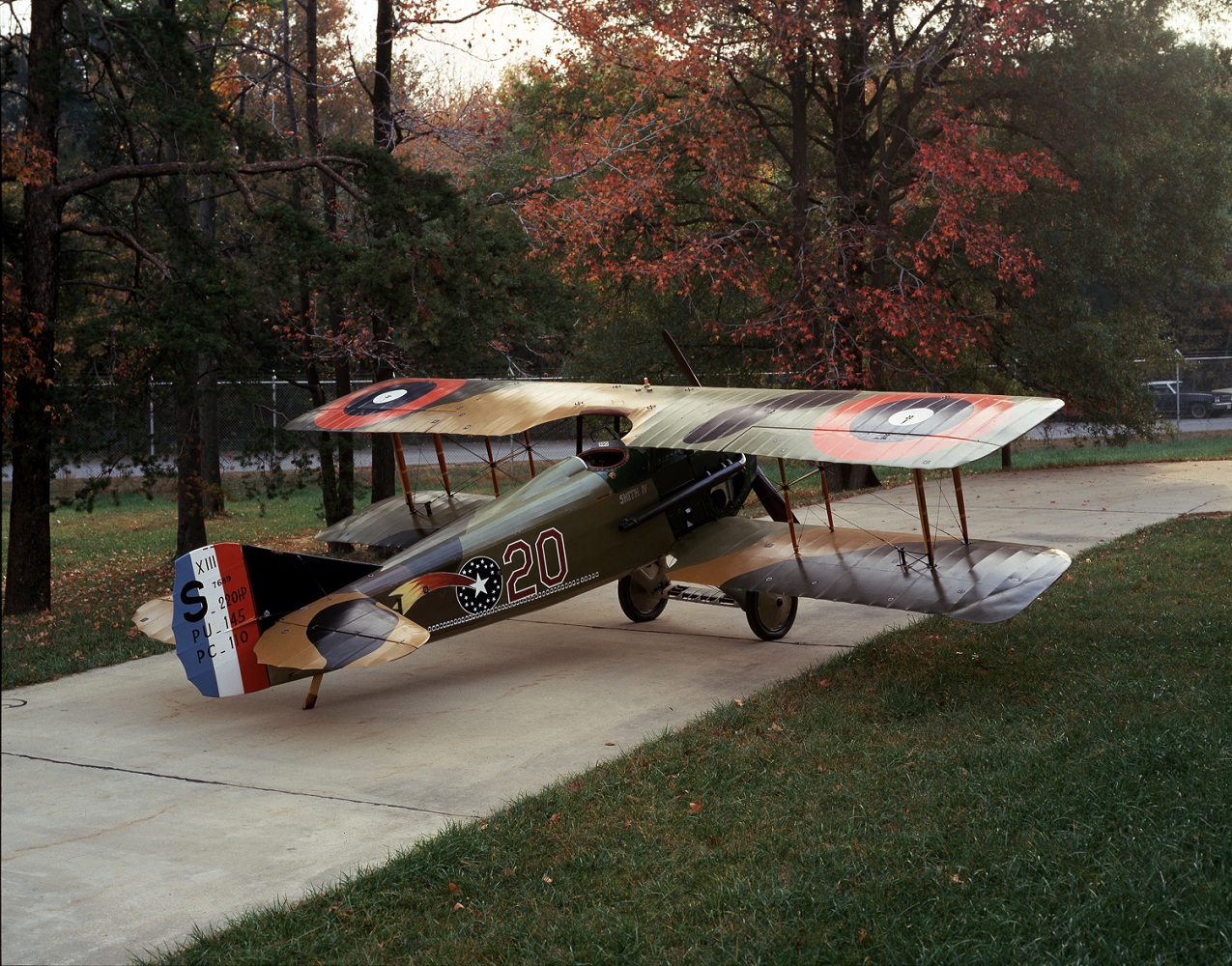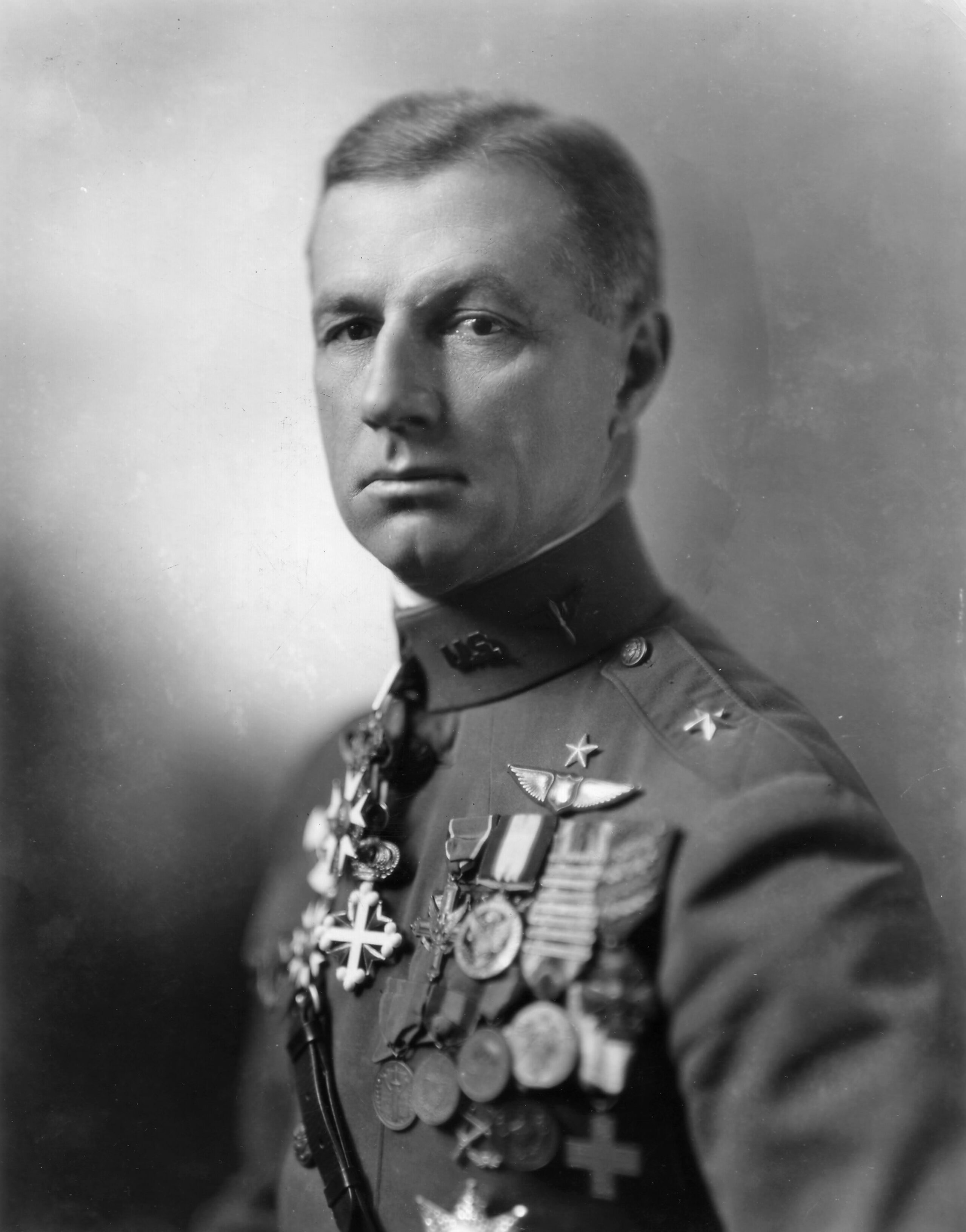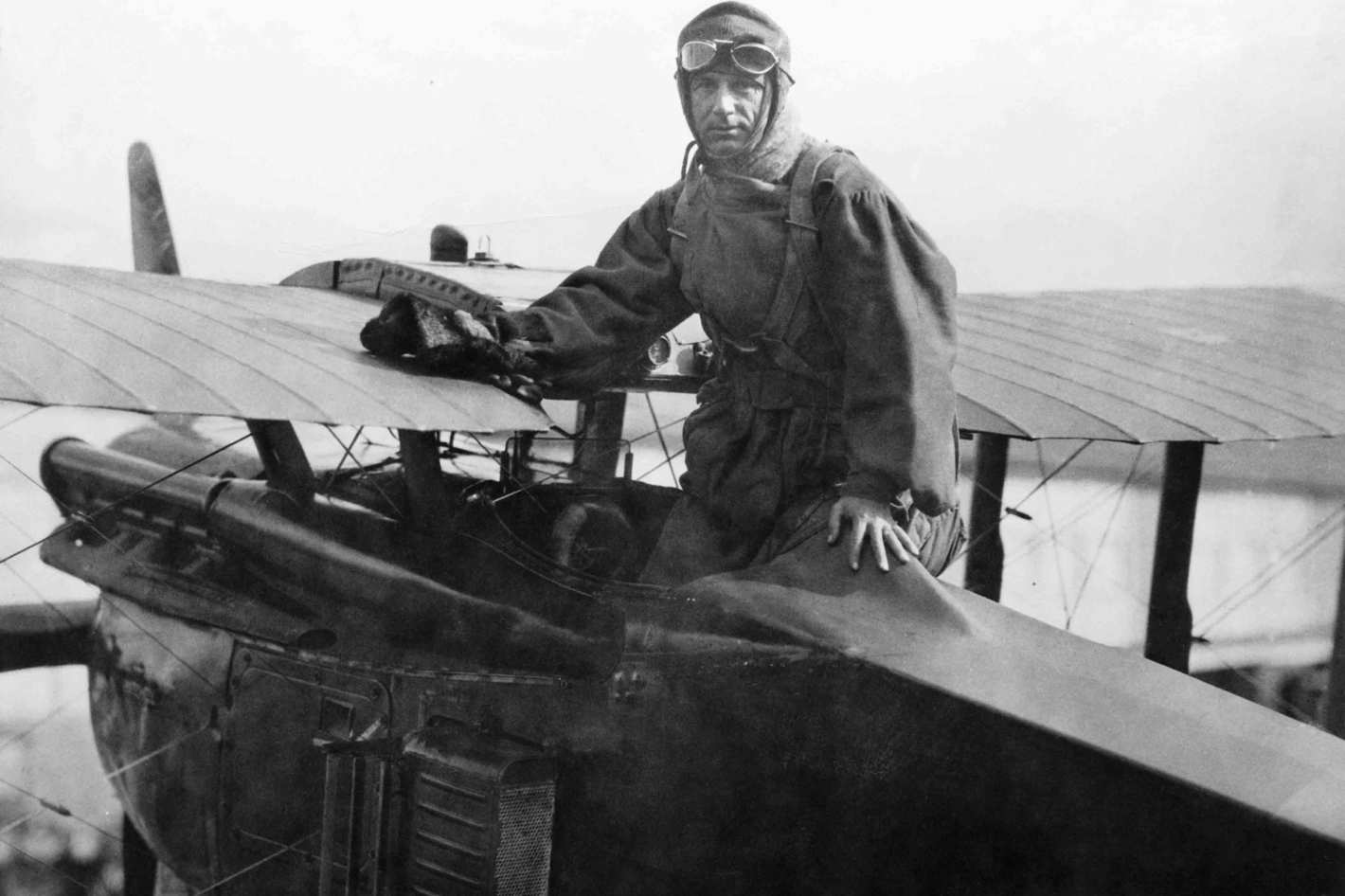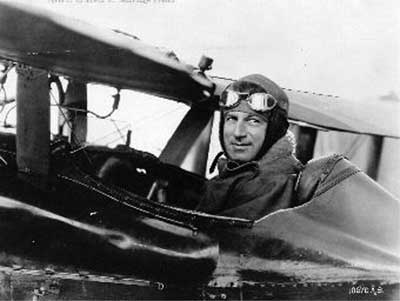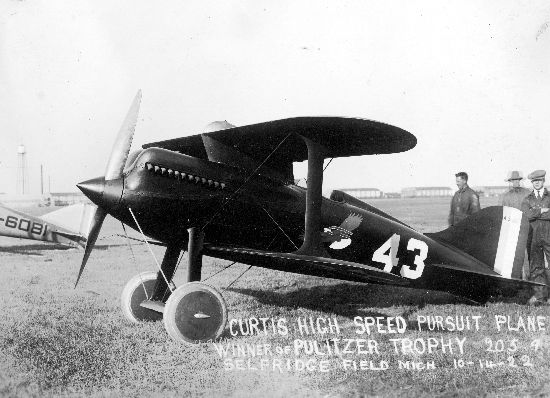
22–24 February 1921: First Lieutenant William DeVoe Coney, Air Service, United States Army, flew across the North American continent with just a single fuel stop. His airplane was an Atlantic Aircraft Corporation DH-4M-2, a version of the Airco DH.4 designed in England by Geoffrey de Havilland. The following is a contemporary news account of his flight:
First One-Stop Flight Across the United States
Early in January the Chief of the Army Air Service announced that on Feb. 22 an attempt would be made to cross the United States by airplane in a period of twenty-four hours, thus establishing a new trans-continental speed record.
The original schedule called for a flight of 2,079 miles, from Rockwell Field, San Diego, Calif., to Pablo Beach, Jacksonville, Fla., with a stop at Ellington Field, Houston, Tex. This would have cut the journey into two legs of 1,275 miles and 804 miles, respectively. Lieut. William D. Coney, 91st Aero Squadron was to make the flight from the west, while Lieut. Alexander Pearson was to start from the east, both flying specially rebuilt D.H.-4 army airplanes.
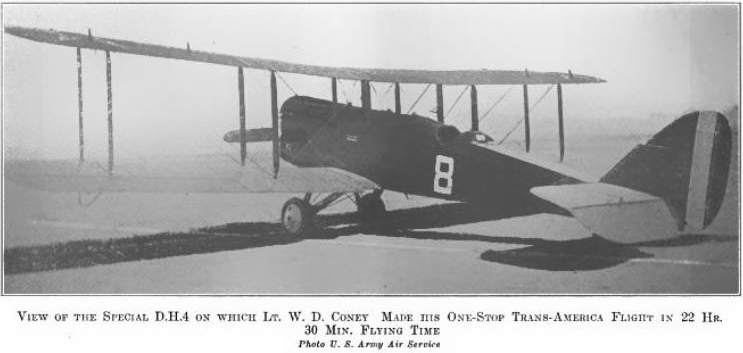
Lieutenant Coney’s Flight
Shortly before the flight it was announced that Lieutenant Coney would stop at Love Field, Dallas, Tex., instead of at Ellington Field, because the former affords more complete repair facilities.
Lieutenant Coney took off from at Rockwell Field at 7 p.m. in his attempt to cross the United States within twenty-four hours. He carried, beside a package of official mail from the commander of the San Diego naval air station to the commander of the Pensacola naval air station, two bottles of hot coffee and 4 lb. of chocolate. The use of the hot liquid was particularly advisable in view of the all-night trip, where drowsiness might have fatal results.
The following morning, having outridden heavy snow and rain storms over New Mexico, the pilot was forced to land owing to a shortage of fuel at Bronte, Tex. There he experienced difficulty in re-fueling and the gasoline he finally obtained was of such inferior grade that the Liberty engine refused to start.
Delay in getting high grade gasoline kept Lieutenant Coney on the ground until nightfall, when he again took off, risking a second all-night flight in a dogged attempt to make good his loss of time.
His efforts were rewarded by success when he landed on the morning of Feb. 24 at 7:27 a.m. at Pablo Beach, having spanned the United States in 22 hr. 30 min. flying time. The total elapsed time from coast to coast was, owing to fuel shortage, 36 hr. 27 min.
In discussing the journey Lieut. Coney states that he attained the greatest height when passing over the Mississippi River, when he rose to 17,000 feet to escape a heavy fog. In passing over the Rockies, although believing himself high enough to miss any treacherous mountains, he almost sent his De Haviland against a snow capped peak which he barely saw in time to pass around. He was making 200 m.p.h. at the time.
Lieut. Pearson had less luck in his attempt, for he experienced engine trouble en route and had to land for repairs. This required too much time to make it worth while resuming the flight.
Lt. W. D. Coney’s Career
Sec. Lieut. William D. Coney, Air Service, was born in Atlanta, GA., on Nov. 21, 1893. His education was received at the Georgia Institute of Technology.
The month after the United States engaged in the war—in May, 1917—Lieutenant Coney entered the first Officers’ Training Camp at Fort McPherson, Georgia, from which camp he was transferred to the Aviation Ground School at the Georgia Institute of Technology on July 10, 1917. On Sept. 8 of the same year he was sent to Essington, Pennsylvania, where he received flying training. During the latter part of Oct., 1917, he was sent to Kelly Field, San Antonio, Texas, where after graduating on Jan. 8, 1918, he received a commission as Second Lieutenant in the Air Service. At Kelly Field he acted as flying instructor from the date of his graduation until Oct. 1918, when he received orders to proceed to a port of embarkation in New York preparatory to going over seas for active military duty. Due to the signing of the armistice, however, orders covering his sailing were revoked and he was sent to Carlstrom Field, Arcadia, Fla., on Dec. 22, 1918. Here he again acted as flying instructor, and was also a member of the Testing and Engineering Department a this field.
Ordered to Washington on May 15, 1919, Lieutenant Coney served as a member of the Information Group in the office of the Chief of Air Service until Feb 8., 1920. At this time he was sent to Mather Field, Sacramento, Calif., where he was assigned to the 91st Aero Squadron, of which he has been a valuable officer up to the present time.
Lieutenant Coney has rendered efficient service on duty with a detachment of the 91st Squadron in the southern part of the state in connection with the aerial border patrol operating between the United States and mexico. He further proved his value to the Air Service by accomplishing exceptionally fine work during the past season as an aerial forest fire patrol pilot operating out of Medford, Ore.
— Aviation and Aircraft Journal, Volume X, No. 11, March 14, 1921 at Pages 332–333.
A brief account of Lieutenant Pearson’s unsuccessful flight, and Lieutenant Coney’s attempted return flight follows:
“. . . In February 1921, an Army flier, Lieutenant Alexander Pearson, Jr., decided to fly across the continent from east to west. But on the flight to Texas from Jacksonville, his official takeoff point, he became lost over the Big bend of the Rio Grande and drifted across the border to land in Mexico. Pearson was listed as missing until he showed up a few days later, riding into the village of Sanderson, Texas, on a mule. In March of the same year another Army airman, Lieutenant William D. Coney, took off from Florida on what he hoped would be a one-stop flight to the West Coast. But his plane crashed in Louisiana, and Coney died of his injuries a few days later.”
—Famous First Flights That Changed History: Sixteen Dramatic Adventures, by Lowell Thomas and Lowell Thomas, Jr., Lyons Press, 2004, Chapter IV at Page 51.
An official U.S. Air Force history includes this short description:
“Believing he could fly coast to coast within 24 hours, he tried again, leaving Jacksonville on March 25, 1921. Lost in fog and having motor trouble, he hit a tree while landing. Taken to a hospital at Natchez, Mississippi, he died there 5 days later.”
— Aviation in the U.S. Army 1918–1939, by Maurer Maurer, Office of Air Force History, Washington D.C., 1987, Chapter XI at Page 177.
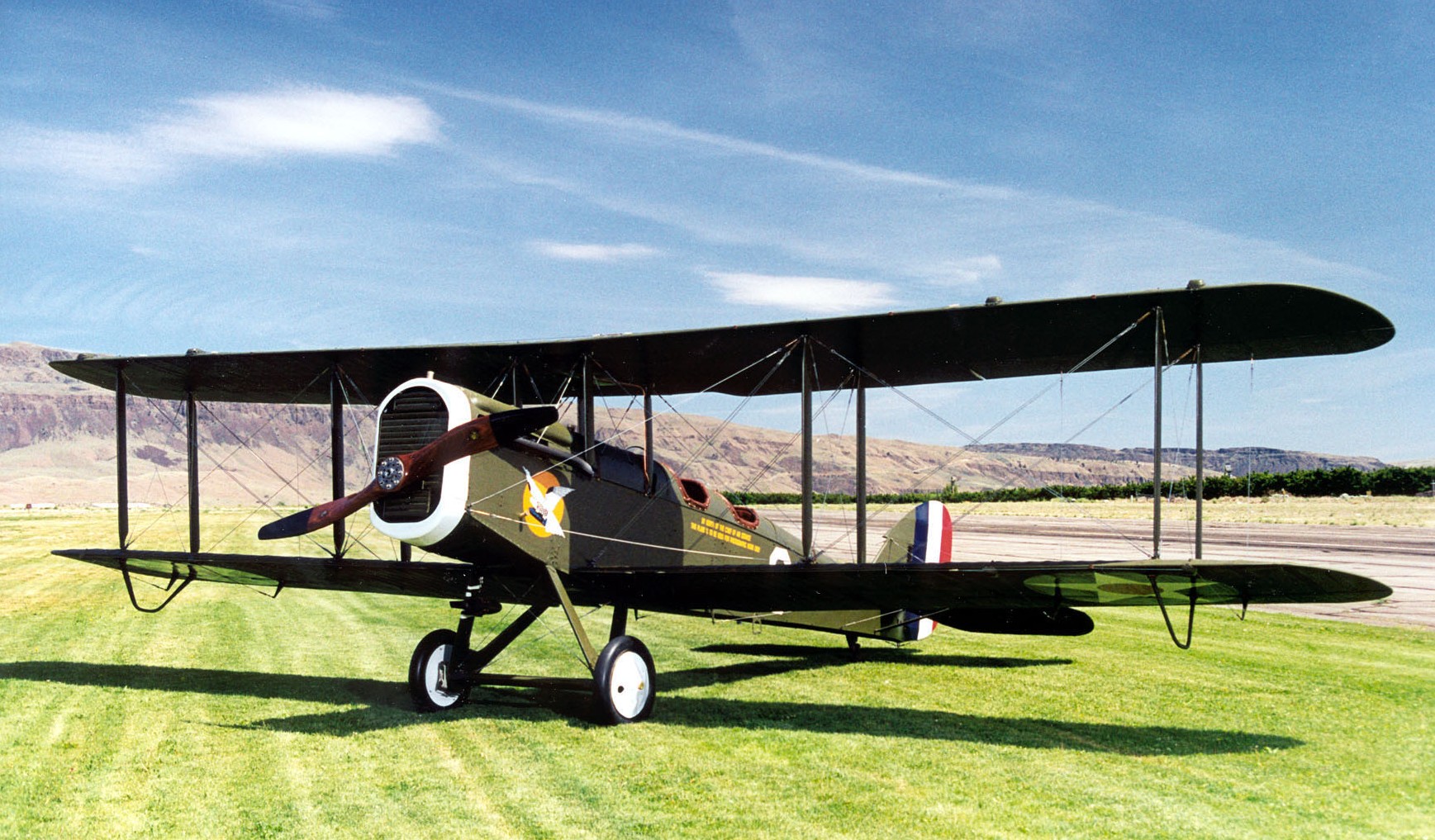
William DeVoe Coney was born at Atlanta, Georgia, 20 November 1893. He was the third child of Edgar Fairchild Coney, a coal dealer, and Martha Ann Dillon Coney.
Lieutenant William DeVoe Coney was buried at Palmetto Cemetery, Brunswick, Georgia.
© 2017, Bryan R. Swopes

